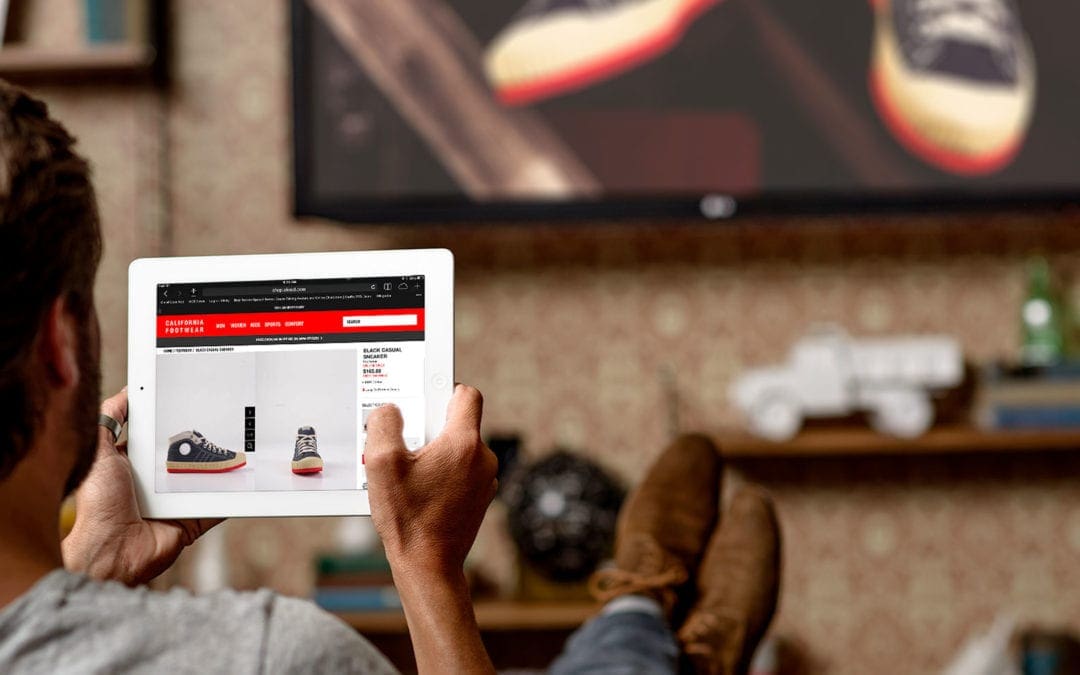The Rise Of e-Commerce.
Retailers face many difficult challenges, but one of the biggest was the rise of e-commerce. In the last decade, e-commerce has grown at an annual rate of 16% and today it makes up for a $220 billion market. That is impressive.
In a world where customers can comfortably purchase anything they’d like with a click of a mouse, it gets difficult to keep our heads up and still bet on brick and mortar retailers. E-commerce already has the upper hand when it comes to customers’ reachability; in a digital era 93% of Americans between the age of 18 and 34 own a smartphone, users can access online stores and products from anywhere they want. If this wasn’t enough, online stores also have access to an impressively wide range of data to analyze and study consumer behavior, showing them patterns, and enabling them to optimize product performance.
How Retail Stores Can Gain The Upper Hand.
While all this information might sound discouraging, brick and mortar stores do have something to offer that e-commerce can’t. Back in 2013, The Guardian took a stand in the name of retail stores and published an article about “multi-sensory retail”. The article focused on an important aspect of in-store experience: the opportunity to engage customers with all five senses. What the Guardian cared to address is that retail stores are not just a place to conduct business, they are the “physical manifestation of a brand”. By physically engaging your customers, you are given the opportunity to offer them a unique experience of your product and brand that they will remember.
 Like the old saying goes, Retail is detail. If you want to up your game and compete against the giant that is e-commerce, it’s time to put your store under the microscope and check on every aspect retail execution.
Like the old saying goes, Retail is detail. If you want to up your game and compete against the giant that is e-commerce, it’s time to put your store under the microscope and check on every aspect retail execution.
- How do you want your customers to perceive your products and brands?
- How do you want them to be greeted?
- What kind of lighting best suits your audience?
- What about the music?
All of these components play an essential role in the customer’s experience of your brand. You have the opportunity to appeal to each one of a person’s senses and influence their behavior and mindset from the moment they step through the door to the moment you wave goodbye.
As a retailer, you can also take advantage of additional tools to improve your store’s performance. This is where in-store analytics play a crucial role. In-store analytics help you gather data to better understand your audience and customers and increase your sales. In-store data can help you manage and optimize your resources and see what works best for you and your brand. From foot traffic, to inventory checks, to staffing levels, everything that goes on within your store matters. Thanks to the tools and information available to you, you can analyze and improve all the elements of the customer visit.
E-commerce might pose a big challenge to brick and mortar stores, but it is not a lost battle. There are a variety of ways a retailer can do to establish and maintain brand loyalty. By providing a unique and unforgettable experience to each individual who walks into your store, you can build a solid and long-lasting relationship with your customers.
If You Enjoy Our Blog Sign Up To Our Newsletter!
Share your email address and you will receive weekly and monthly updates and articles.
